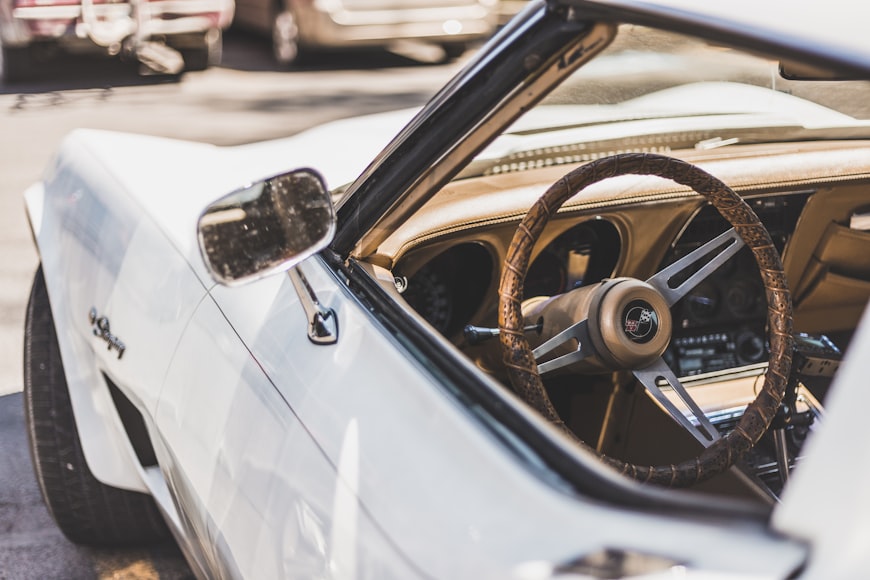Car Motor - The Most Important Part of an RC Car
Today, both kids and adults are alike in terms of their pastime - they are engaged in radio controlled cars. These cars are purchased at toy stores and provide an endless amount of thrill and excitement, serving as a leisure activity.
Radio controlled cars consist of two units: the car itself and the radio controller. Some radio controlled cars are powered by rechargeable batteries, while others are powered by batteries with actual gas-powered engines. Gas-powered engines are more expensive than electric-powered engines.
RC cars come in different types, including off-road and on-road vehicles, touring and racing cars, trucks, and buggies. Additionally, you can choose the size, color, and type of car, such as Lamborghinis, Ferraris, and Porsches. You also have the option to choose between a gas-powered or electric engine, as well as between a car or truck type.
The four main parts of radio-controlled vehicles are the motor(s), transmitter, receiver, and power source.
The transmitter is the radio controller that you hold in your hand and is usually powered by a battery. The radio frequency allows the transmitter to relay the steering and control commands you give to the receiver. The receiver consists of two parts: the antenna and a circuit board inside the car. It receives the radio frequencies sent by the transmitter and relays them to the appropriate part of the vehicle.
Radio-controlled vehicles feature different types of engines. The motor is said to be the heart of the car and is the most complex part of assembling your own RC car.
The nitro-powered radio-controlled motors have a 2-stroke or the less conventional 4-stroke version. The most popular is the 2-stroke motor because of its amazing 2.5 hp output. RC racers love the high speed and acceleration of this 2-stroke motor.
The 2-stroke motor is a 23cc displacement engine and requires a fuel oil mixture. It is more suitable for car racing and has the advantage of producing higher rpm's. On the other hand, a 4-stroke motor can run on straight fuel and has an oil reservoir. It is better for off-road use and has more power and torque. It is more applicable in a truck that runs on dirt or rough tracks.
Electric cars run quietly and are better suited for your neighborhood, while nitro-powered motors let you feel the real car on racetracks. Electric radio-controlled cars and trucks use rechargeable batteries to power the motor and steering, which usually runs for about 5-10 minutes. In terms of speed, electric motor vehicles have a great deal of pickup, though not as much as nitro-powered motors.
At first, electric RC cars can be much less expensive than a nitro-powered vehicle. However, there are other costs such as additional battery packs, a battery charger, and other accessories that will add to the cost. Still, it depends on the kind of car you purchase and the battery pack that it requires. Of course, for good performance, you will purchase good battery packs and a good charger to avoid replacing cheaper batteries.
The good thing about electric motors is that they don't require much maintenance and tuning compared to nitro-powered motors. They are more suitable for beginners because they only need proper conditioning and proper storage of battery packs to keep your RC cars running smoothly for years.
In addition, the motors come with or without a pull start. Those with a pull start are cheaper, but you still need a starter box.
